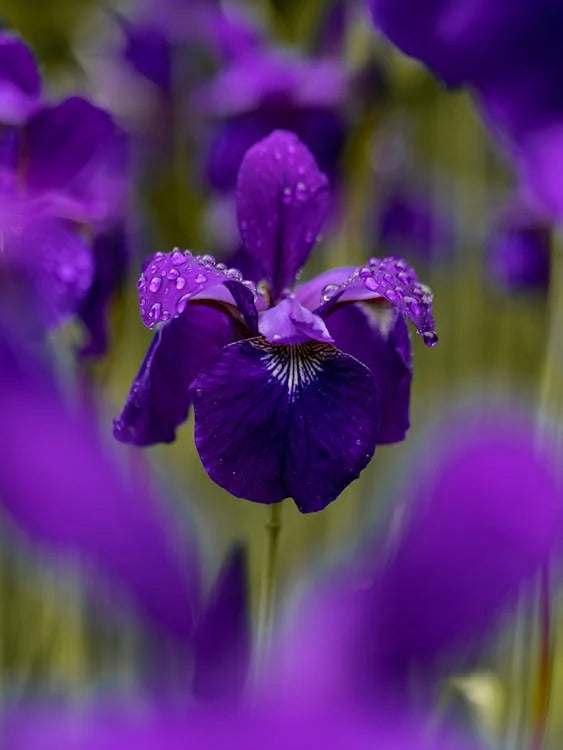
Care and maintenance of iris
Share
The iris, with its striking, graceful flowers and unique colour combinations, is a versatile plant that is a real eye-catcher both in the garden and in a vase. Caring for this beautiful plant starts with choosing the right spot in the garden. Irises like a sunny spot and well-drained soil. Most varieties are planted as rootstocks (rhizomes) in late summer or early autumn, but there are also varieties with bulbs that can be planted in spring.
For rhizome irises, it is important to leave the rhizome partially exposed so that it gets enough sunlight. For bulb irises, plant the bulbs about 10 centimeters deep. During the growth period, irises need regular watering, especially in dry periods, but make sure that the soil does not remain too wet to prevent root rot.
Irises require little fertilization, but a little organic fertilizer or a low-nitrogen fertilizer in early spring can help encourage flowering. Once the flowers have faded, you can prune the flower stalks, but leave the foliage to allow the plant to build up energy for the next growing season. Irises are generally hardy in winter, but a layer of mulch can provide extra protection from frost.
